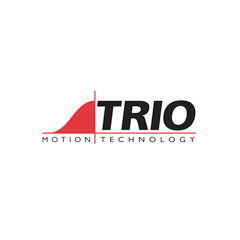Pros and Cons: Lead-Through Programming
Published by Carolina Motion Controls, Inc. on 19th Mar 2024
Lead-Through Programming
Programming Through Demonstration
There are a few different ways to program a robot, the most popular are offline programming, teach pendant programming, and lead-through programming. The focus of this blog will be on the third option, lead-through programming. Lead-through is the simplest form of programming out of these options. It allows the programmer to manually move the robot along the desired path. The points will be recorded within the program along with any extra reorienting movements made along the path. With ease of use, however, comes disadvantages.

Advantages
- It is the fastest form of programming for robotics.
- It is very intuitive because an operator can simply move the robot along the path that a human would follow.
- There is no need for prior programming experience or coding knowledge.
Disadvantages
- Using lead-through programming will increase downtime because you have to physically move to robot
- It is inherently less precise than the other programming options because it is difficult to point out precise coordinates. However, you can use lead through as a starting point and adjust code later to fine tune the movements.
Conclusion
Although lead through programming has its downsides, it is still a very popular option when programming a robot. It is far and away the easiest way to program due to its intuitiveness. Although it isn't the most precise way to program a robot, it can be a great starting point for those without any experience.


-2_1670261595__49352.original.png)














